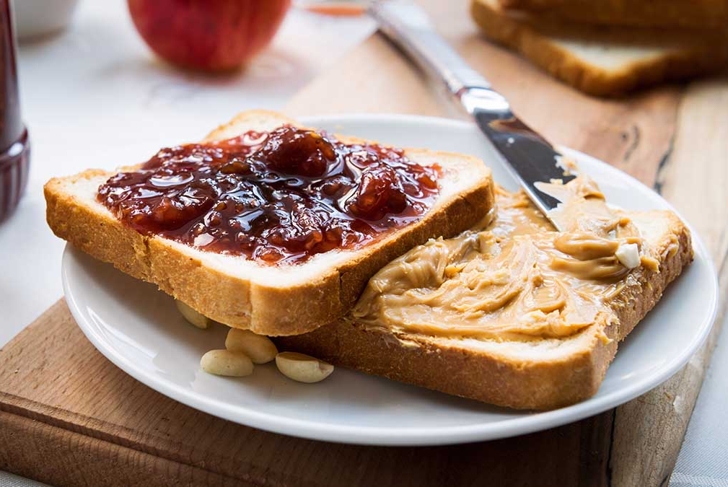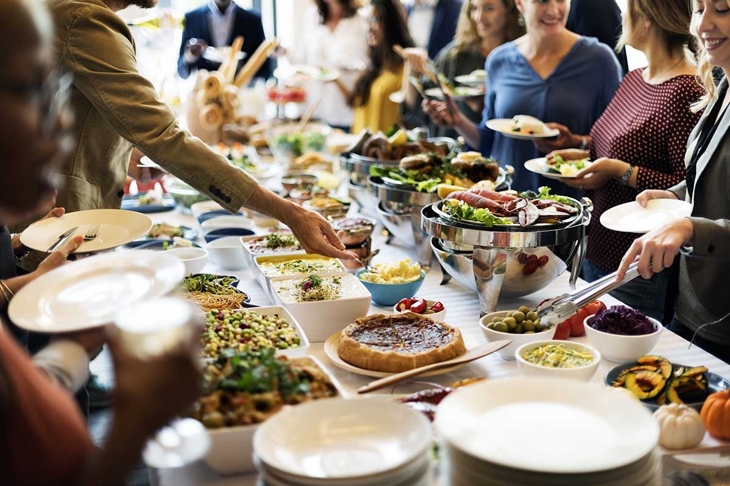
More and more people are being diagnosed with gluten sensitivities, allergies, and even celiac disease. If you’re avoiding gluten, you'll be relieved to know that there are more gluten-free breads, pastas, and crackers available than ever before. However, there are still some surprising gluten traps you should know about.
Gluten 101

Gluten is a naturally occurring protein found in wheat, barley, and rye. It’s what helps bread, pasta, crackers, and other baked and processed goods bind and prevent them from crumbling. Any food that contains the protein from one of these grains should be avoided by someone who’s avoiding gluten.
Gluten in surprising places

Unfortunately, it’s not always obvious whether products contain gluten. Some of the surprising places where gluten might be hiding include supplements and over-the-counter medications. Here are some others to watch out for.
- beer
- brown rice syrup
- communion wafers
- energy bars
- food colouring
- herbal supplements
- ice cream
- prescription medications
- soy sauce (choose tamari made without wheat)
- vinegar
Check labels for these ingredients

Foods that contain gluten from wheat, barley, or rye grains may be listed on ingredient labels by any number of different words, so diligent scanning of ingredient labels is essential. (And remember to check that ingredient label when you pick it up at the store to be sure the manufacturer hasn’t changed the product ingredients since the last time you bought it.) If you see any of these words on the label and you’re avoiding gluten, skip it.
- atta (chapati)
- brewer’s yeast
- bulgur
- couscous
- durum
- einkorn
- emmer (farro)
- farina
- farro (emmer)
- fu
- graham flour
- hydrolyzed wheat protein
- Kamut
- malt, malt extract, malt syrup, malt flavouring
- malt vinegar
- malted milk
- matzoh
- modified wheat starch
- seitan
- semolina
- spelt (dinkel)
- triticale
- wheat bran, wheat germ
Gluten by chance

Cross-contamination can easily occur in cooking or manufacturing of food, so anyone with CD or a serious gluten allergy needs to be extra vigilant. Look for products that specifically state on their labels that they’re manufactured in a gluten-free facility.
In a 2013 study, researchers concluded that in many cases where celiac disease patients showed no significant response in health by changing to a gluten-free diet, they were likely “reacting to gluten cross-contamination.”
Gluten in cosmetics?

Although gluten is a food derivative, its binding ability makes it an ideal additive for health and beauty aids. Hydrolyzed gluten is used to create emulsifiers and stabilizers, which are widely used in the cosmetic industry. Gluten isn’t a problem if absorbed through the skin, but the accidental swallowing of a product containing gluten is a cause for concern.
Check the Environmental Working Group’s Skin Deep Cosmetics Database (ewg.org) if you have concerns about facial soap, lipstick and lip gloss, mouthwash, and toothpaste.
Preventing gluten accidents

Our health is important—and today’s expanding selection of gluten-free products shows that manufacturers are responding to the demands of consumers seeking better health and a safer diet. When navigating the explosion of choices, remember to read the ingredients label, and choose your gluten-free products wisely.
If you share a space with others—roommates, office colleagues, or your family—gluten can sneak into your life unintentionally. Arm yourself, and others in your life, with some knowledge about the most common situations where gluten can inadvertently be shared.
Spreads

Peanut butter, jam, jelly, and cream cheese are examples of spreads that can be contaminated with crumbs from bread and toast containing gluten. If you’re living gluten-free, keep your own spreads clearly marked.
Appliances

Toasters, blenders, and food processors are all potential hiding places for gluten. Blenders and food processors can be cleaned before each use, but toasters are a different story. If you use a toaster oven, though, the rack can be removed for cleaning.
Kitchen tools

Pasta strainers, cutting boards, muffin tins, pots and pans, and knives should be thoroughly cleaned before and after each use, or have separate tools for those with gluten sensitivity.
Oats

Gluten-free grains like oats that are grown in fields close to wheat or other grains containing gluten can become cross-contaminated by the wind. Purchasing oats that are clearly labelled “gluten-free” is the safe way to go.
Bulk bins

Foods sold in bulk bins can be easily contaminated with gluten, because bin scoops are often interchanged between bulk bins. Avoiding bulk bins altogether may be your best bet.
Delis

Cutting tools at the deli might be used interchangeably on gluten-free and gluten-containing foods. Go to someone you can trust to use a thoroughly cleaned knife to cut your deli meats or cheeses.
Buffets and potlucks

Serving utensils are often interchanged, so gluten contamination can happen easily. Buffets may be a dangerous choice, but being first in line to serve yourself at a potluck might help avoid sneaky gluten issues.




